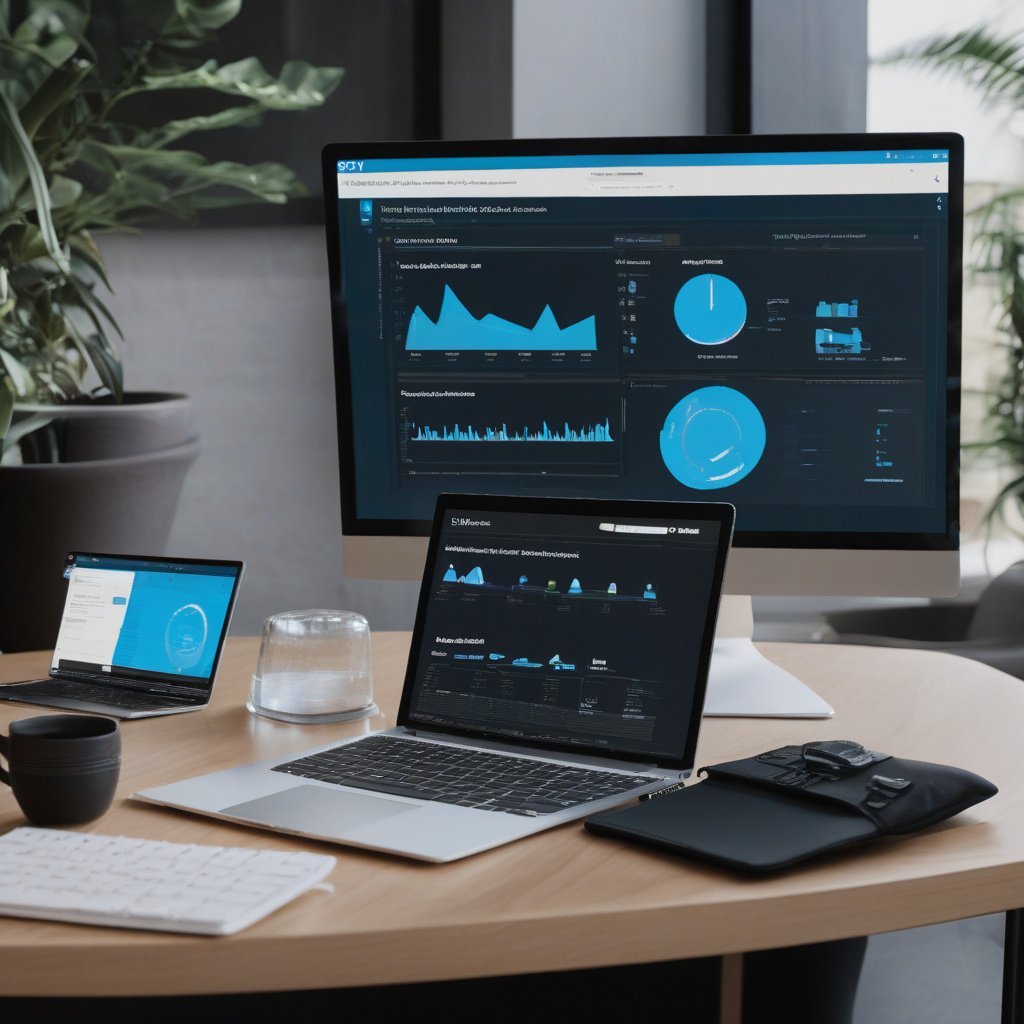In the fast-paced digital landscape, establishing a robust online presence is paramount for individuals and businesses alike. While traditional Content Management Systems (CMS) offer versatility, they often come with the overhead of managing databases and server-side rendering. This is where the concept of using Drupal as a headless CMS for static sites comes into play, revolutionizing the way websites are built and maintained.
By leveraging Drupal as a headless CMS in conjunction with static site generators, developers can harness the power of Drupal’s backend capabilities to manage content effectively. Meanwhile, static site generators enable the creation of websites that are not only rapid and secure but also lightweight. This innovative approach amalgamates the strengths of both platforms, ensuring a seamless synergy between Drupal’s content modeling flexibility and the efficiency of static sites.
One of the primary advantages of using Drupal as a headless CMS for static sites is the unparalleled flexibility it offers in content creation and organization. Drupal’s robust content modeling capabilities empower users to structure their content in a highly customizable manner, catering to diverse requirements seamlessly. This flexibility allows developers to create content types, define custom fields, and establish relationships between different content elements with ease, providing unparalleled control over the content architecture.
Moreover, Drupal’s extensive library of modules further enhances its functionality as a headless CMS for static sites. These modules enable developers to extend Drupal’s core features, adding functionalities such as user authentication, search engine optimization, and e-commerce capabilities effortlessly. By integrating these modules into the Drupal backend, developers can create feature-rich static websites that deliver an exceptional user experience without compromising on performance or security.
In addition to its flexibility and extensibility, Drupal offers robust security features that are crucial for maintaining the integrity of websites. As a widely recognized CMS with a dedicated security team, Drupal ensures regular security updates and patches to protect websites from vulnerabilities effectively. By using Drupal as a headless CMS for static sites, developers can leverage these security measures to safeguard their websites against potential threats, providing peace of mind to both site owners and visitors.
Furthermore, the scalability of Drupal makes it an ideal choice for websites that are expected to grow and evolve over time. Whether it’s handling an increase in traffic, adding new content types, or expanding functionality, Drupal’s scalability ensures that websites can adapt to changing requirements without compromising performance. This scalability is particularly advantageous for businesses and organizations looking to future-proof their websites and accommodate future growth seamlessly.
In conclusion, the combination of Drupal as a headless CMS for static sites represents a paradigm shift in website development, offering a potent blend of flexibility, efficiency, and security. By harnessing Drupal’s backend capabilities and coupling them with the speed and simplicity of static site generators, developers can create websites that are not only visually appealing but also performant and secure. This innovative approach paves the way for the next generation of websites, empowering individuals and businesses to establish a compelling online presence effortlessly.

